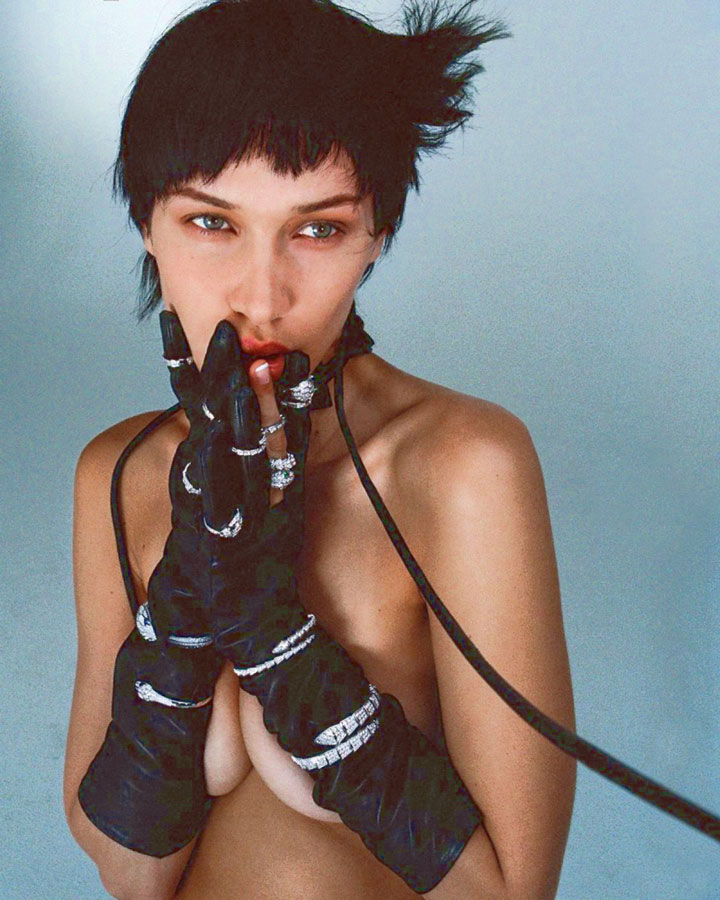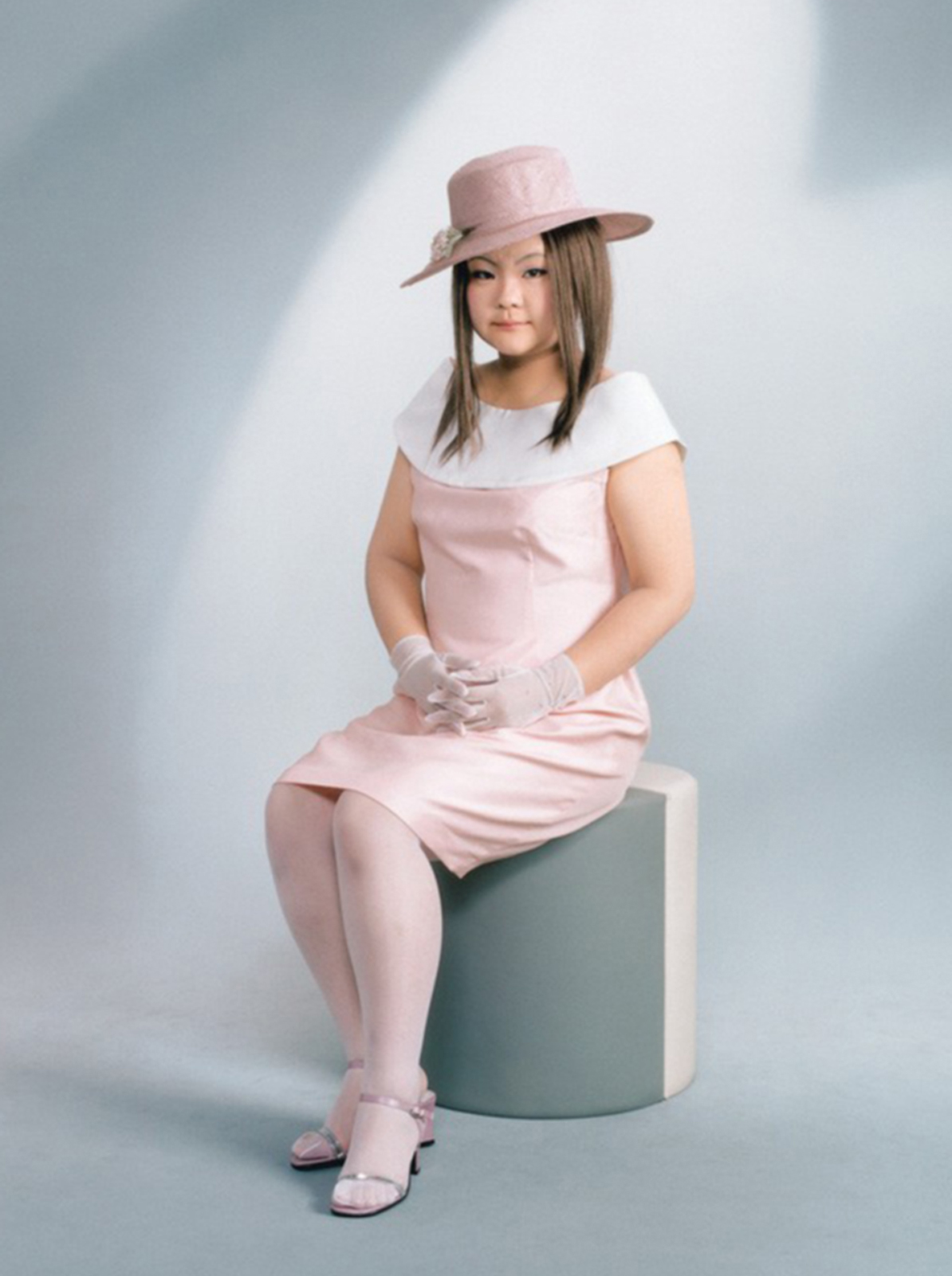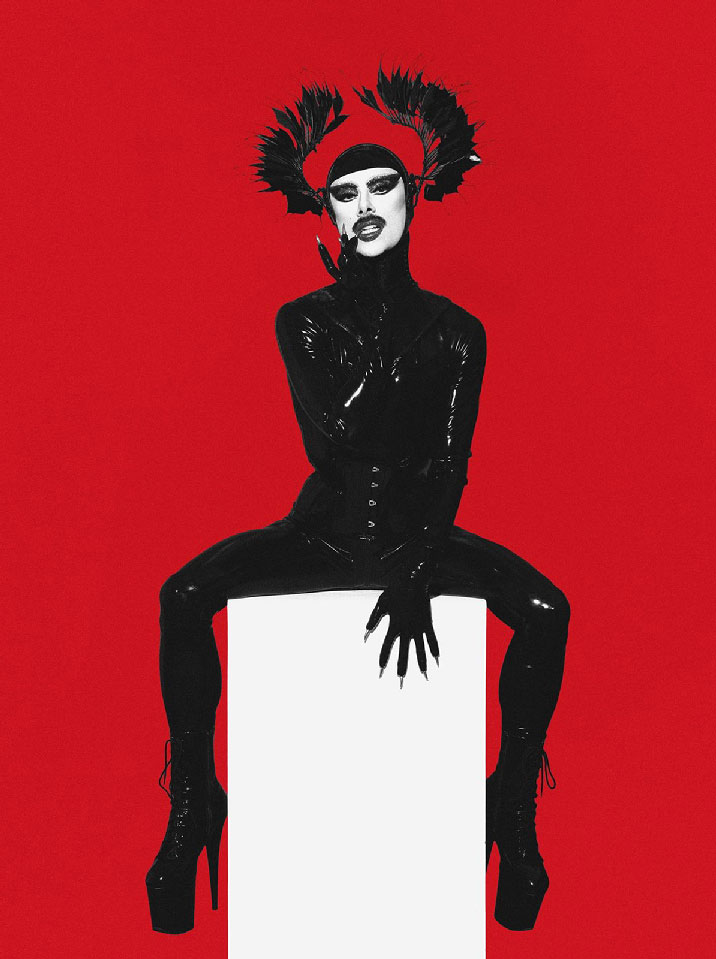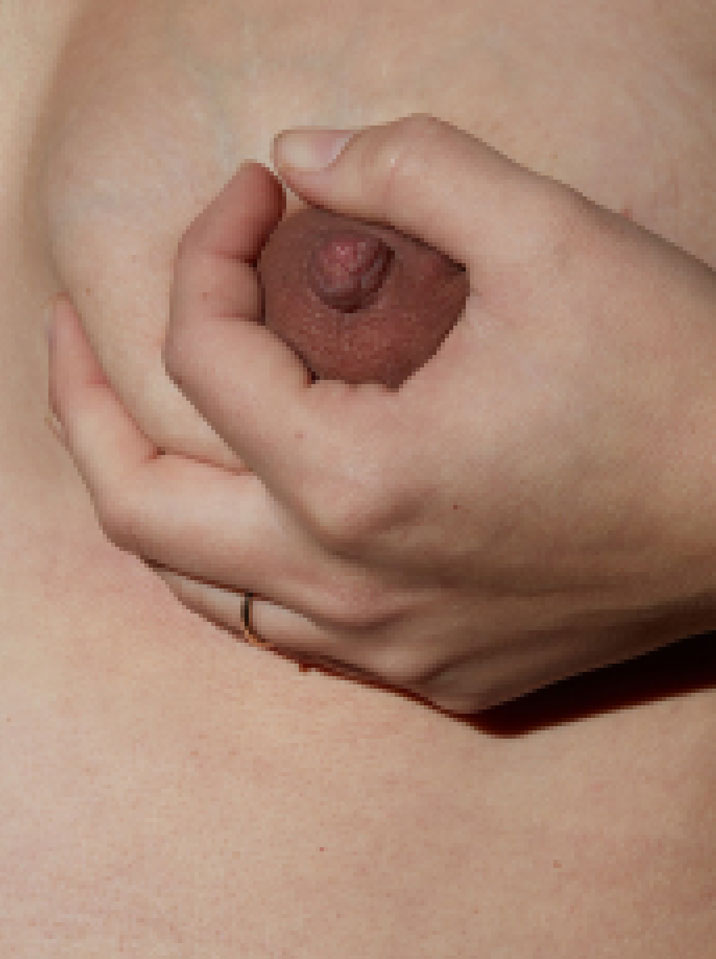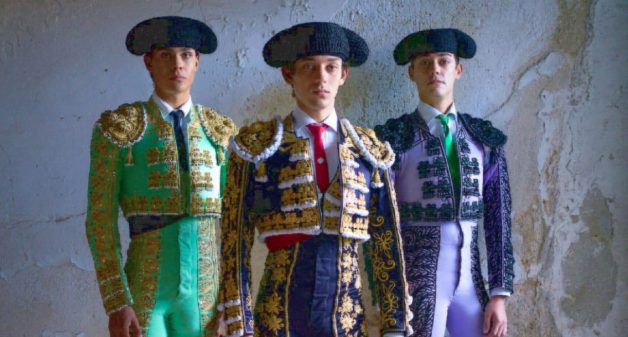
MICHAL CHELBIN: HOW TO DANCE THE WALZ
DENIZ AKKAYA
Chelbin explores the connection between the use of dress codes and uniforms to shape identity and instill traditional roles in boys and girls.
Young cadets in formal military garb look fragile and sweet. Young women in oversized debutante dresses evoke an old glamour but also outdated views of women in society. This tension is at the heart of Chelbin’s photographs and gives them a deep power.
Michal Chelbin (b. 1974, Israel) spent three years traveling around Ukraine, documenting life inside the country’s military boarding schools. Her pictures are populated by young boys dressed in immaculate regimental uniforms and official military attire, and young girls wearing lace-trimmed maid’s costumes and bridal dresses.
Chelbin also took photographs of Ukrainian teenagers at two different locations during two distinct periods: first in 2008 in the Donetsk region of eastern Ukraine, and then in 2019 in and around the capital Kiev. in both instances, her subjects were on the brink of adulthood, attending their high-school graduation, an event that includes a prom.
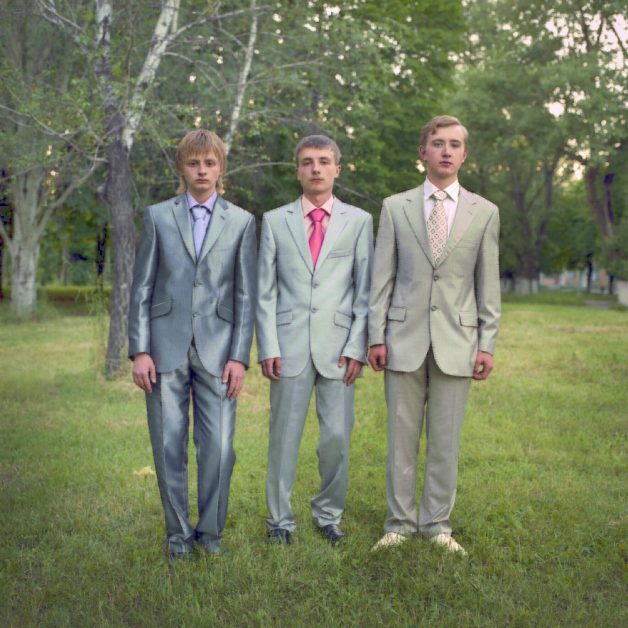

This portfolio furthermore includes images taken in several schools for matadors in Spain, mostly around Seville and Madrid. The students are aged between seven and 17 and they practice every afternoon, while in the morning they attend regular school. The majority are boys, but there are also girls learning to be matadors. Some of the sitters are recent graduates of these schools.
In all these works, we sense a certain dissonance; an awkward contrast between the seriousness of the “uniform” and the youthful shyness evident in the models’ postures – an element that has become Chelbin’s photographic trademark over the years.
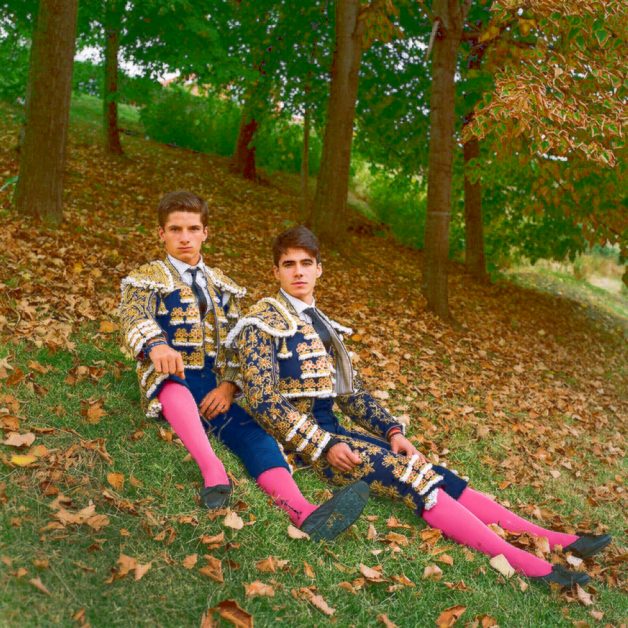
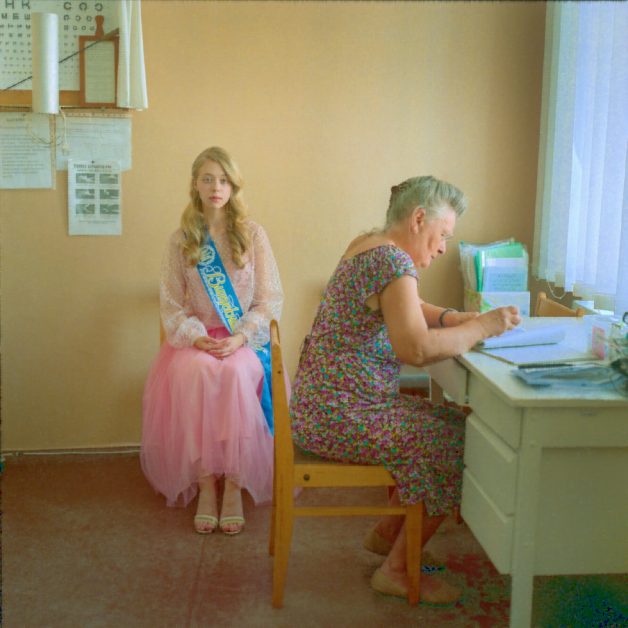
In How to Dance the Waltz, Chelbin looks at puberty and gender as a performance that involves as much attention to costumery as any circus act. The subjects in this collection are dressed in military garb, traditional maid uniforms, extravagant debutante gowns and outfits of matadors, all slightly ill-fitting and strange on their slight frames. In each photograph, the teens gaze directly into Chelbin’s camera, seemingly impassive, their world-weary seriousness contradicted by the unmistakable youthfulness of their faces. This imagery hints at the ways societal expectations of gender, especially in regard to clothing and uniform, can inform a teenager’s cognitive development and overall identity. Chelbin’s remarkable portraits simultaneously represent their subjects’ vulnerability and self-possession.
Michal Chelbin’s acclaimed portraiture has been widely shown in numerous solo and group exhibitions worldwide. Her work can be found in many private and public collections, such as: The Metropolitan, LACMA, Getty Museum LA, Jewish Museum New York, Cleveland Museum of Art and Tel Aviv Museum.
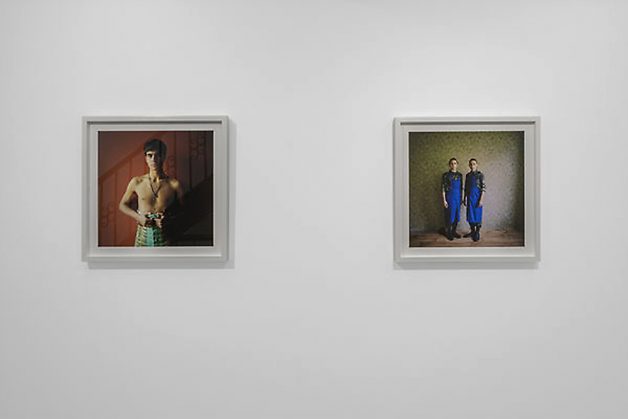

![]()


